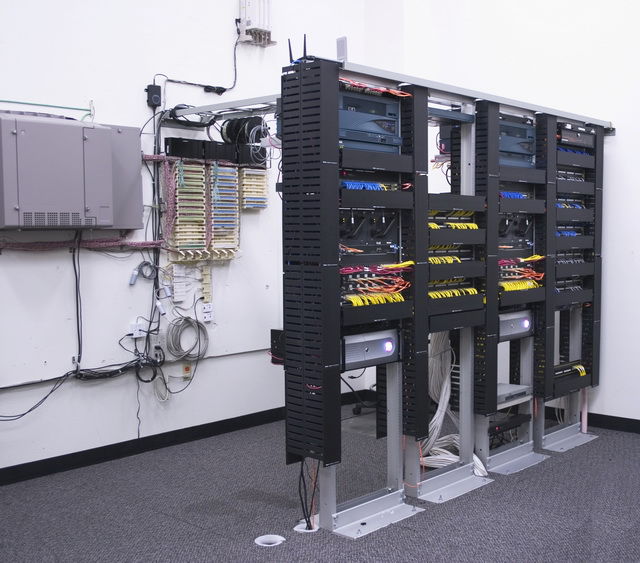Industrial operations are changing considerably due to innovations in electrical manufacturing. Nowadays, plant design, plant automation, and plant equipment installation must be based on flexibility and scalability. With modern and high-priced oil and chemical plants, digital modeling of the plant physical layout and the production workflow, allows the planner to explore many alternative designs with CAD-based software—before settling on the optimal one. This can save precious time and money. Automation and robotics, corresponding with more advanced plant design, are addressing this industrial goal: the implementation of a "lights-out" factory or plant, allowing for human entry (for inspection and maintenance) of several areas and objects inside the plant—only when necessary, only when the plant is not running. This is definitely an early 21st-century workflow innovation! The electrical signal switching or modulation sets the stage for many innovations in industrial plant design—by boosting productivity and sustainability.
Understanding Electrical Manufacturing
Electrical manufacturing contributes to all the electrical systems and equipment needed to run a 21st-century factory. The sector produces a dizzying array of products -- from motors to generators and control systems -- all of which keep the factory machinery running smoothly. The more precisely and reliably this electrical equipment functions, the more productive the factory will be.
In highly automated factories, the work of electrical manufacturers becomes especially important. Automation, by definition, seeks to refine and improve manufacturing work beyond the practical capabilities of most humans. This means further optimizing precise timing and reducing opportunities for the human error that can cause dangerous mishaps. By honing the manufactured materials and machines required for automated work, electrical manufacturers are helping the owners of automated factories improve their operational capability.
The Role of Plant Design in Manufacturing
Plant design significantly impacts the efficiency and productivity of a manufacturing operation. Operations managers frequently turn to this system to improve the process segments of their value stream maps. Anything that can be physically moved throughout the organization comes into play here (layout), as well as moving through it (workflow), how we support moving it through (resource allocation), including personnel. Plant design lays it all out (pun intended) to engineer the process for minimum waste and maximum output.
The Future of Electrical Manufacturing
Sustainability and smart manufacturing are two themes that come up a lot in discussions on the future of electrical manufacturing. Eco-friendly initiatives are good for the environment, of course.
Industry is finally feeling the pressure. Consumers are slowly, very slowly, starting to put their money where their mouths are. As for the Internet of Things (IoT), artificial intelligence (AI), and other trends under the Industry 4.0 umbrella, they have a recurrent role in most engineering and manufacturing sectors.
Electrical manufacturing underpins much of what we see in the modern world – the electrical components produced can be used in a wide range of equipment. The design of the manufacturing plant that leaders create will, therefore, be crucially important. The design influences how effectively the component is manufactured, considering how manufacturing processes can be linked in the most time-efficient way – keeping humans and machinery safe along the way while minimizing wasted raw materials. Many plants additionally choose to carry out manufacturing with machines, given the high level of accuracy that automation often provides. Automation minimizes error rate, as quality production can be kept consistent all day, every day.
